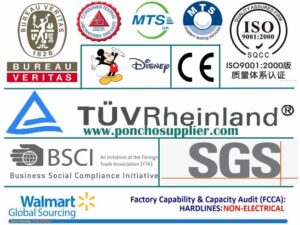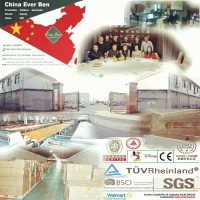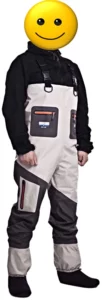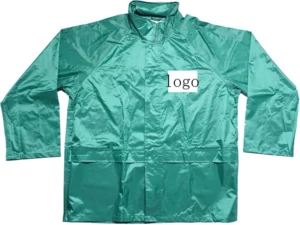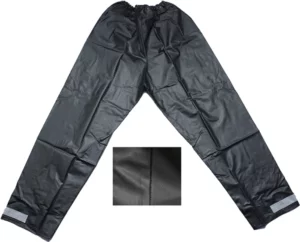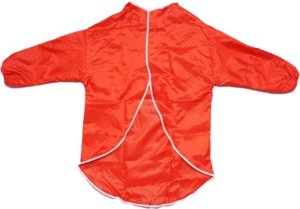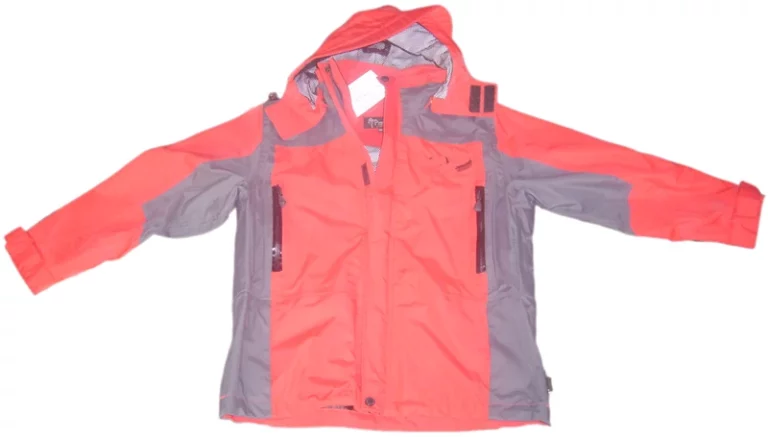
Blue Windbreaker
for Women Styles
Women’s rain windbreaker, full zipper front opening, reflective tape on sleeves, elastic sleeve openings, detachable hood, lightweight. Designed for versatility, durability in wet conditions. Water-resistant fabric, adjustable features for custom fit, comfort. Ideal for outdoor activities, unpredictable weather. Combines functionality, style, protection against elements. Easy to pack, convenient for travel, everyday use. Reflective accents for visibility, safety in low light.



